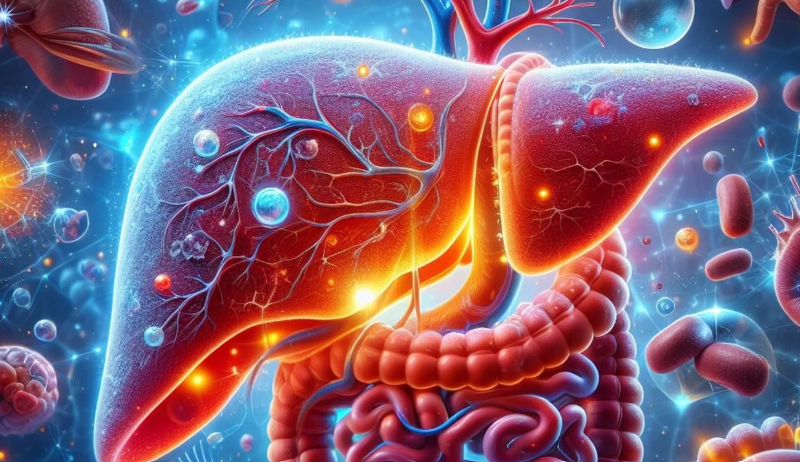
(Photo : pixabay.com)
- US researchers are developing human liver tissues in low-Earth orbit (LEO) aboard the International Space Station (ISS).
- The absence of gravity in LEO allows cells to float freely and organize naturally, creating more accurate tissues.
- The team is working on preservation techniques to bring functional tissues back to Earth for biomedical applications.
- This research could revolutionize tissue engineering and liver transplantation, and has potential applications in disease modeling and drug testing.
In a groundbreaking development that could revolutionize the future of tissue engineering and liver transplantation, a team of US researchers is pioneering the self-assembly of human liver tissues in low-Earth orbit (LEO). This innovative research is being conducted aboard the International Space Station (ISS), leveraging the unique environment of microgravity to overcome the limitations of current tissue engineering techniques on Earth.
The LEO, defined as the area of space below an altitude of around 1,931 kilometers, provides a unique environment for the development of complex tissues. The absence of gravity allows cells to float freely and organize naturally, resulting in more physiologically accurate tissues. This is a significant advantage over Earth-bound tissue engineering methods that rely on artificial matrices or culture plates, which can introduce outside materials and alter cellular function.
The primary goal of this research is to develop robust preservation techniques that allow the team to bring functional tissues back to Earth. These tissues could then be used for a range of biomedical applications, including disease modeling, drug testing, and potentially, therapeutic implantation.
Microgravity and Tissue Engineering
The research team's findings indicate that microgravity conditions enable the development of liver tissues with better differentiation and functionality than those cultured on Earth. These stem cells are built into liver tissues in microgravity that function like a smaller, simpler liver. The research team is also working on advanced cryopreservation techniques to transport engineered tissues from space to Earth safely.
The next phase of the project involves testing isochoric supercooling, a preservation method that maintains tissues below freezing without damaging them. This technology could extend the shelf life of engineered tissues and potentially be applied to whole organs.
This research is supported by the National Science Foundation (NSF) in collaboration with the International Space Station National Laboratory (ISSNL) and the Translational Research Institute through NASA. The American College of Surgeons (ACS), a scientific and educational organization of surgeons, is also involved in the project.
Implications and Future Directions
The potential of this research extends beyond liver tissue engineering. The techniques and findings could be applied to other areas of biomedical research and healthcare. For instance, the development of complex tissues for medical use on Earth could significantly enhance disease modeling and drug testing processes. Moreover, the potential for therapeutic implantation could provide new treatment options for a range of conditions.
This research represents a significant advancement in the field of tissue engineering and has the potential to transform the future of liver transplantation. However, it also raises important ethical and scientific questions. As we continue to push the boundaries of what is possible in science and medicine, it is crucial to consider the implications of these advancements on our understanding of human biology, health, and disease.
* This is a contributed article and this content does not necessarily represent the views of btin.co.in









